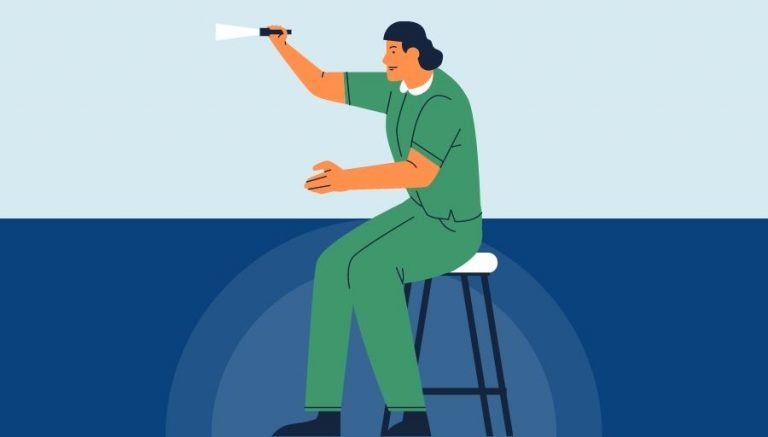How To Use CPT Code 21432
CPT 21432 describes the open treatment of craniofacial separation (LeFort III type) with wiring and/or internal fixation. This article will cover the description, procedure, qualifying circumstances, appropriate usage, documentation requirements, billing guidelines, historical information and billing examples.
1. What is CPT Code 21432?
CPT 21432 is used to describe the open treatment of craniofacial separation, specifically the LeFort III type, with the use of wiring and/or internal fixation. This code is utilized when a provider repairs injuries to the nasal bridge or upper jaw following severe trauma to the face. The procedure involves accessing the fracture through an incision and applying wire or other fixation methods to hold the fracture in place as it heals.
2. Official Description
The official description of CPT code 21432 is: ‘Open treatment of craniofacial separation (LeFort III type) with wiring and/or internal fixation.’
3. Procedure
- The patient is appropriately prepped and anesthetized.
- The provider places arch bars on the upper and lower teeth to provide stabilization.
- Wire is used to secure the arch bars to the teeth, confirming intermaxillary fixation.
- A coronal incision is made across the scalp to expose the fractured bones.
- A scalp flap is reflected down to just above the zygoma (cheekbone) to visualize the fracture and the zygomatic arch.
- The provider reduces any fractured bones and applies internal fixation using plates, screws, and/or wires to stabilize the fractures.
- The wounds are irrigated and the incisions are closed.
4. Qualifying circumstances
CPT 21432 is performed on patients who have experienced a fracture resulting in separation of the cranium (skull) from the facial bones. This procedure is specifically used to repair injuries to the nasal bridge or upper jaw following severe trauma to the face. The provider must assess the patient’s condition and determine the need for open treatment of craniofacial separation. It is important to note that this code specifically applies to the LeFort III type of craniofacial separation.
5. When to use CPT code 21432
CPT code 21432 should be used when a provider performs the open treatment of craniofacial separation (LeFort III type) with wiring and/or internal fixation. It is important to ensure that the procedure performed matches the description provided by the code. If the procedure performed does not meet the specific criteria outlined in CPT 21432, an alternative code should be used.
6. Documentation requirements
To support a claim for CPT 21432, the provider must document the following information:
- Patient’s diagnosis and the need for open treatment of craniofacial separation
- Details of the procedure performed, including the use of wiring and/or internal fixation
- Date of the procedure
- Incision site and approach
- Specific bones involved and any reduction performed
- Type of fixation used (plates, screws, wires)
- Confirmation of intermaxillary fixation
- Wound irrigation and closure
7. Billing guidelines
When billing for CPT 21432, it is important to ensure that the procedure performed matches the description provided by the code. The provider should follow the specific guidelines outlined in the CPT codebook and any additional guidance provided by payers. It is also important to review any applicable modifiers that may be required for accurate billing.
8. Historical information
CPT 21432 was added to the Current Procedural Terminology system on January 1, 1990. There have been several historical changes to the code, including being added and removed from the Inpatient Only (IPO) list for Medicare. It is important to stay updated on any changes or updates to the code to ensure accurate billing.
9. Examples
- A patient sustains severe facial trauma resulting in craniofacial separation (LeFort III type). The provider performs open treatment using wiring and internal fixation to repair the fractures.
- Following a car accident, a patient presents with a nasal bridge and upper jaw fracture. The provider performs open treatment of craniofacial separation (LeFort III type) using wiring and internal fixation.
- A patient with a history of facial trauma requires open treatment of craniofacial separation (LeFort III type) due to a nasal bridge and upper jaw fracture. The provider utilizes wiring and internal fixation to repair the fractures.
- After a fall, a patient experiences craniofacial separation (LeFort III type) and requires open treatment. The provider performs the procedure using wiring and internal fixation to stabilize the fractures.
- A patient undergoes open treatment of craniofacial separation (LeFort III type) following a sports-related injury. The provider utilizes wiring and internal fixation to repair the fractures.
- Following a physical altercation, a patient presents with craniofacial separation (LeFort III type). The provider performs open treatment using wiring and internal fixation to stabilize the fractures.
- A patient sustains severe facial trauma in a workplace accident, resulting in craniofacial separation (LeFort III type). The provider performs open treatment using wiring and internal fixation to repair the fractures.
- After a motor vehicle collision, a patient requires open treatment of craniofacial separation (LeFort III type) due to fractures in the nasal bridge and upper jaw. The provider utilizes wiring and internal fixation to stabilize the fractures.



